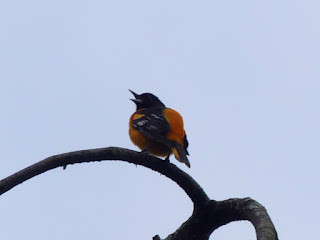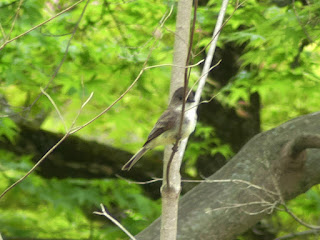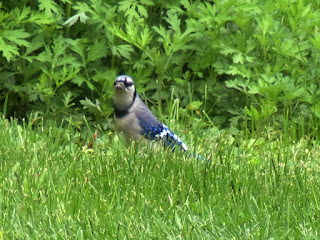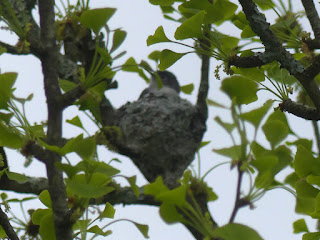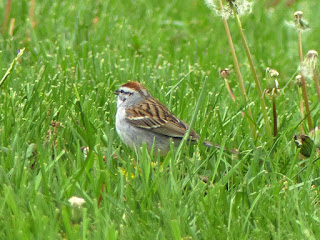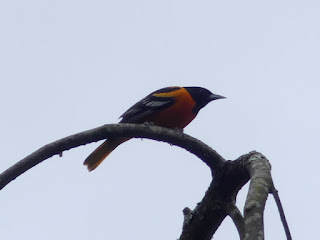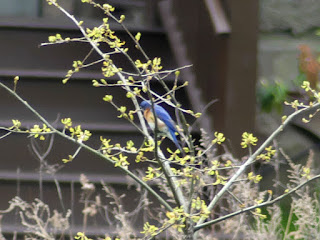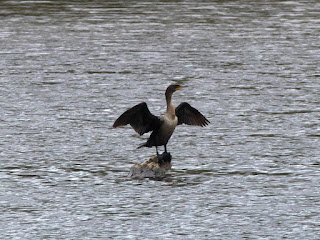Brown-headed Cowbird
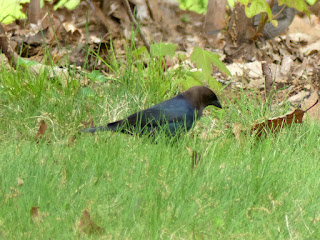
Here's a Brown-headed Cowbird I met last spring. Though it's easy to disapprove of the lifestyle of Brown-headed Cowbirds - basically tricking other bird species into raising their young to the detriment of the other bird species - a lot goes on in nature that seems unfair; predatory and parasitic organisms aren't exactly "playing nice" either, and many herbivores end up harming the plants they eat. Is this particular cowbird studying a leaf? While formal dendrology may be beyond these birds, I suppose some leaf recognition could come in handy since they could be suggestive of nearby seeds that could be eaten. (Still, it's probably more likely that some sort of bug was on or near the leaf.) May 3, 2023 at Duke Farms Photo 278557462, (c) jpviolette, some rights reserved (CC BY-NC)

